
Few dishes mean “
spring” like pasta primavera. Primavera in the name alone brings to mind fresh veggies, like zucchini, English peas, leeks, and peppers, all of the things beginning to bloom for a vibrant season of produce ahead. Each vegetable in this recipe speaks for itself in texture and aroma. And spaghetti—thanks to the influence of the legendary NYC restaurant Le Cirque—is the perfect shape wrapping itself wildly around all of the sliced, diced, oblong figures. It’s a meal that satisfies both vegetarians and carb lovers alike. Here are a few things you should consider when making:
The cream:
I always visualized a pasta primavera to be a cream-forward, Alfredo-style dish. A little cream in this pasta is diluted by starchy pasta water; it’s not supposed to be a heavy dish at all. This is the opportunity to bring forward crunchy, in-season vegetables without being overpowered by a rich cream sauce.
The vegetables:
Think of squash, red onion, asparagus, spring peas… all of the things you want to see at the spring farmers’ market. In my opinion, it’s always good to highlight squash, like zucchini, plus asparagus (pencil is ideal), something in the onion family, like red onion and leeks, plus a little bell pepper, fresh cherry tomatoes, and peas.
The pasta:
Whenever a recipe calls for finishing pasta in sauce, always account for that being additional pasta cooking time. You want to make sure that you’re boiling the pasta up until at least a minute before it’s al dente so when it’s tossed in the hot pan of bubbling sauce, it continues to cook just until it’s al dente. If not, then it will likely overcook.
Storage:
Store the pasta in an airtight container for up to 3 days. When reheating on the stove (preferably in a nonstick skillet), cook over low heat until warmed through. Since the pasta will have absorbed most of the liquid, add a little bit of cream.
Made this recipe? Let us know in the comments!


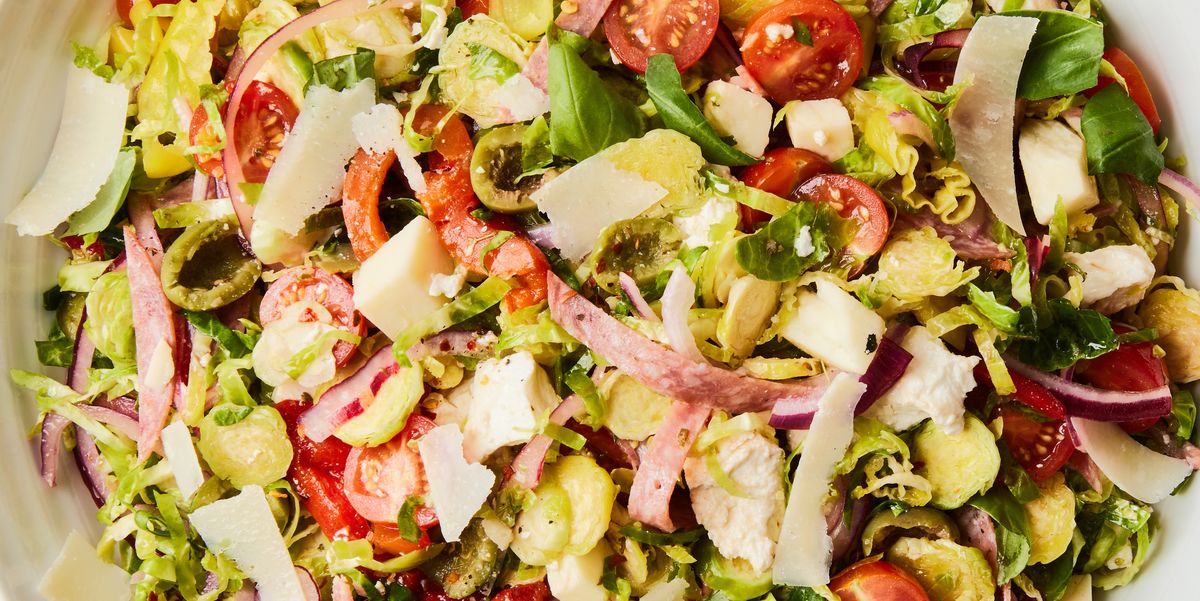
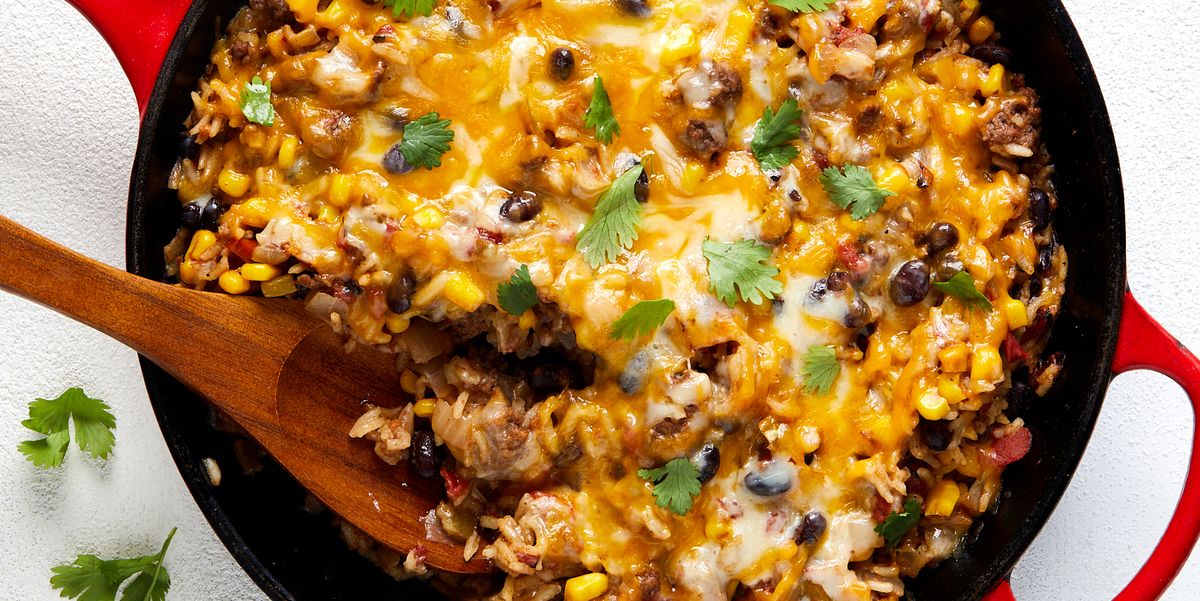
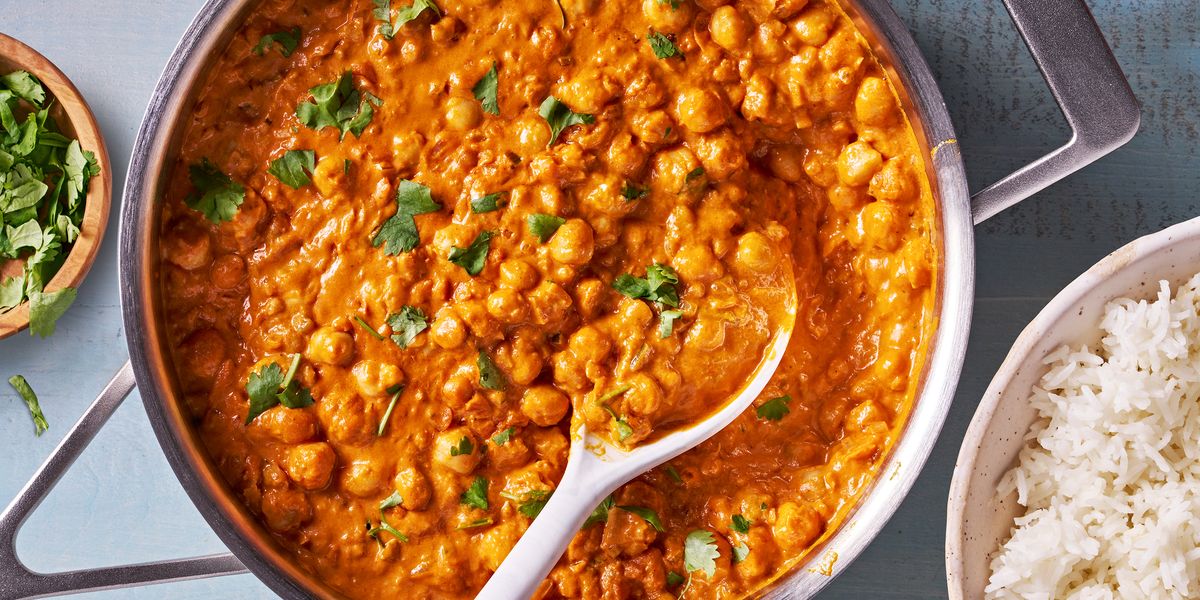
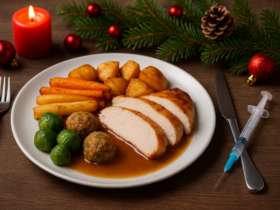






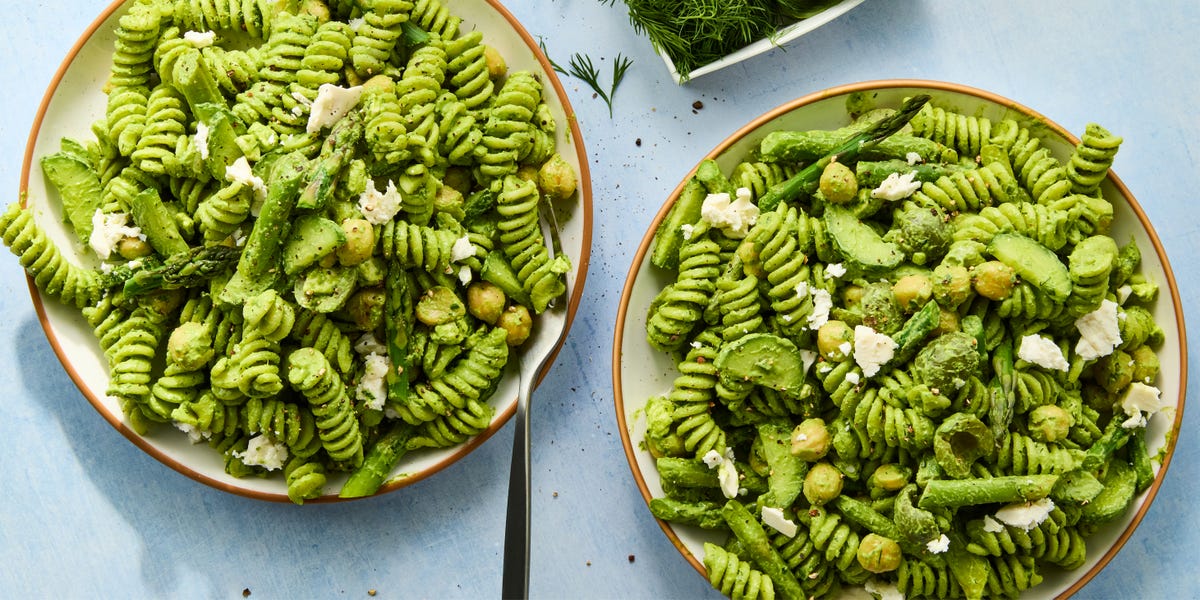


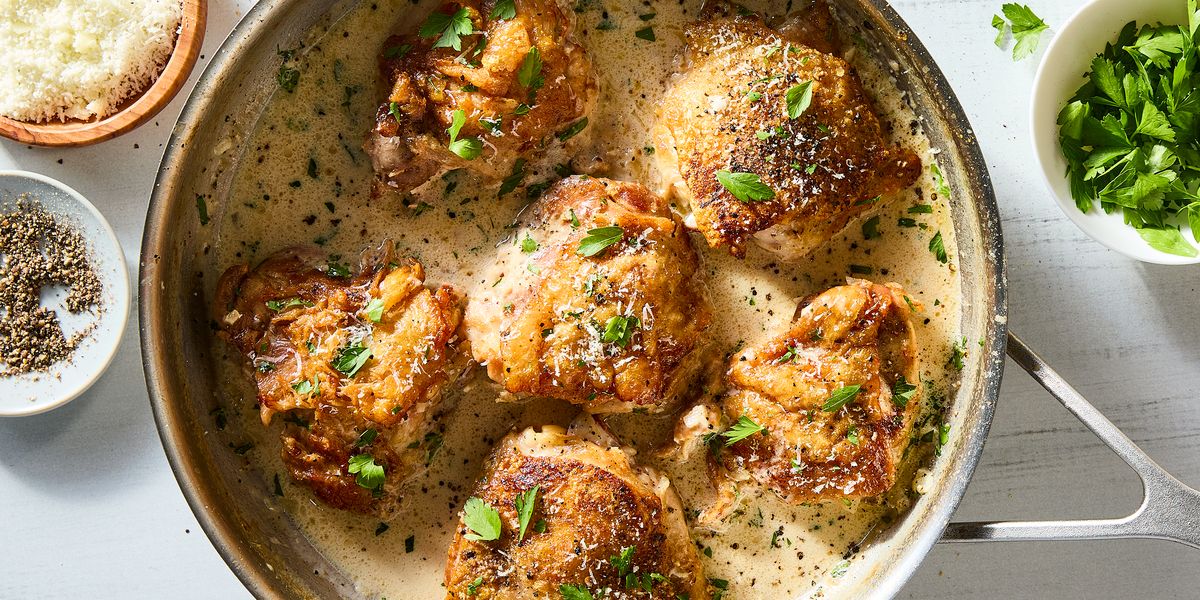

Leave a Reply